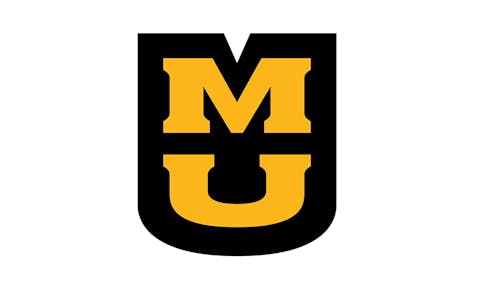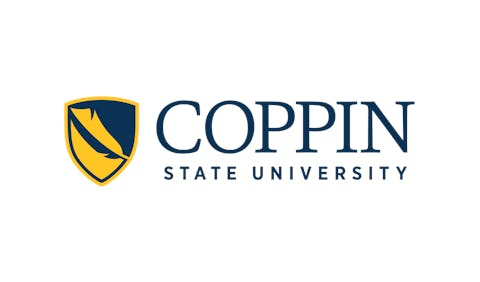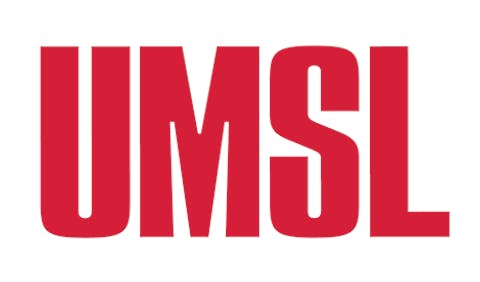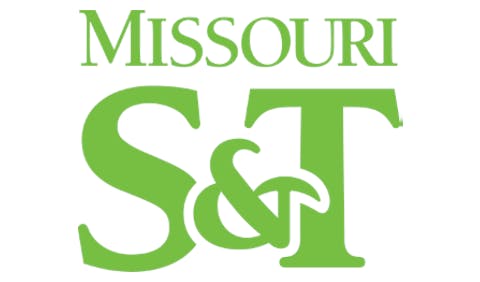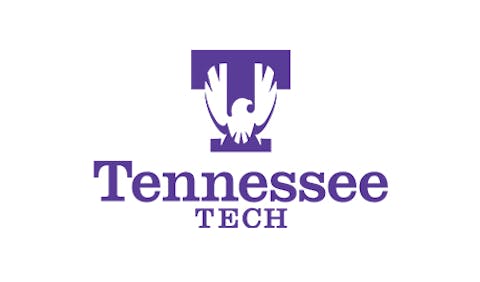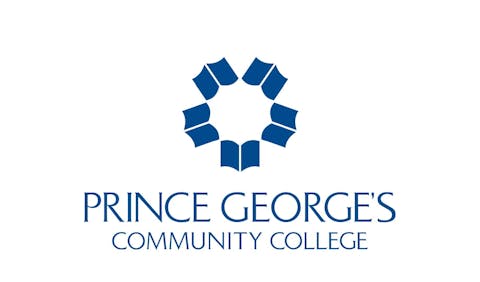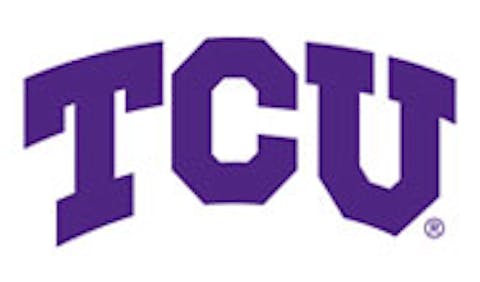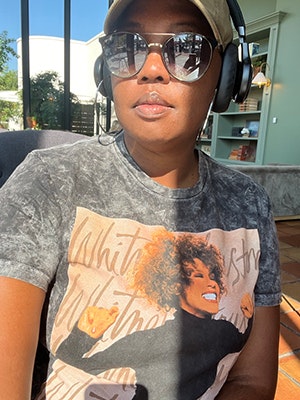A year ago, first lady Michelle Obama challenged college communities everywhere “to open up their campus to students who don’t always see themselves attending college.”
The Ohio State University (OSU) in Columbus took up that challenge in a bold way in December. It invited a group of young men from a nearby juvenile correctional facility to spend a day on campus. For the five young men, who ranged from 17 to 20 years old, the experience proved to be life changing.
Before their visit, OSU, to these young men, was an out-of-reach dream, a storied institution with a slew of national football championships and famous alums. Not a place that could welcome and possibly matriculate someone with a juvenile felony record.
But the officials at OSU’s Center for Higher Education Enterprise (CHEE), which organized the visit, did just that. They warmly welcomed. They enthusiastically encouraged. They demonstrated that these young men—if they worked hard—could one day end up with a degree from OSU.
Trajectory change
That a day on a campus like OSU could potentially change the trajectory of a young person’s life is exactly what the first lady’s challenge seeks to accomplish.
“Education is the key to success for so many kids,” Obama said in January 2014. “And my goal specifically is to reach out directly to young people and encourage them to take charge of their futures and complete an education beyond high school.”










